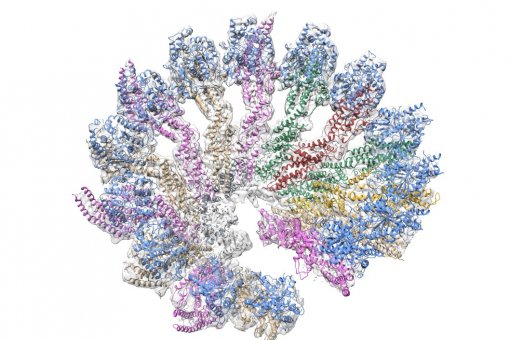Images
Participants


Contact

The study, published in the journal Developmental Cell and performed in Drosophila, unravels how developmental genes regulate organ size and proportions.
Researchers at IRB Barcelona demonstrate that the size and patterning of a given organ are regulated by different mechanisms.
Given the high genetic and mechanistic conservation between flies and humans, these discoveries pave the way for new research lines into congenital malformations and other diseases
A study by IRB Barcelona´s Development and Growth Control Laboratory, headed by ICREA researcher Marco Milán, reveals how Dpp and Wg morphogens regulate organ proportions and patterning of the fly wing through independent mechanisms. Given that these morphogens are present in vertebrates, these results are highly significant for understanding the development and growth of human limbs. “The regulatory mechanism that we describe in this study may pave the way to new research lines on malformations and congenital diseases in humans,” says Marco Milán.
Size is not determined by gradients
Morphogens are distributed throughout tissues in a concentration gradient, informing cells about their “location” and providing instructions on how they should develop. Several studies have also reported that these morphogens are responsible for the growth of these tissues. While the presence of morphogens along a gradient defines the spatial distribution of the different structures, the study by the Development and Growth Control Laboratory demonstrates that the gradient itself is not indispensable to promote growth. In a previous study, published in 2017 in the journal eLife, this same group proposed that wing growth was independent of the Dpp gradient. These new findings, which have been published in Developmental Cell, “confirm that the presence of Wg is necessary throughout development, but, as occurs with Dpp, its distribution along a gradient is not an indispensable requirement,” explains Lara Barrio, first author of the study.
Morphogens stimulate directional growth
The two morphogens addressed in this study, namely Dpp and Wg, promote the growth of the fly wing, but through two independent and non-interchangeable pathways. Dpp stimulates growth along the anteroposterior axis in a unique and exclusive manner, while Wg favours proliferative activity along the proximodistal axis. The work carried out by Barrio and Milán demonstrates that the capacity of these morphogens to promote growth in two distinct directions is due to their restricted expression in two perpendicular bands and to the need for both to be present for the tissue to grow. These findings thus reveal the mechanism through which organ proportions are regulated by morphogen activity.
This study has been funded by the Ministry of Science and Innovation, the Severo Ochoa Centres of Excellence Award, the programme “A way to build Europe, supported by the European Development Fund (ERDF) and the CERCA Programme, run by the Government of Catalonia.
Reference article:
Lara Barrio & Marco Milán
Regulation of Anisotropic Tissue Growth by Two Orthogonal Signaling Centers
Developmental Cell (2020) DOI: https://doi.org/10.1016/j.devcel.2020.01.017
About IRB Barcelona
The Institute for Research in Biomedicine (IRB Barcelona) pursues a society free of disease. To this end, it conducts multidisciplinary research of excellence to cure cancer and other diseases linked to ageing. It establishes technology transfer agreements with the pharmaceutical industry and major hospitals to bring research results closer to society, and organises a range of science outreach activities to engage the public in an open dialogue. IRB Barcelona is an international centre that hosts 400 researchers and more than 30 nationalities. Recognised as a Severo Ochoa Centre of Excellence since 2011, IRB Barcelona is a CERCA centre and member of the Barcelona Institute of Science and Technology (BIST).




